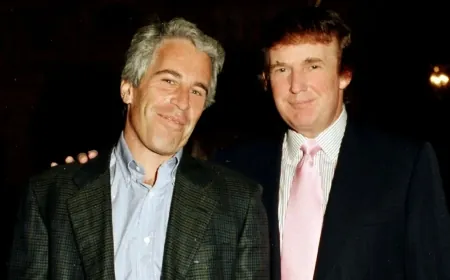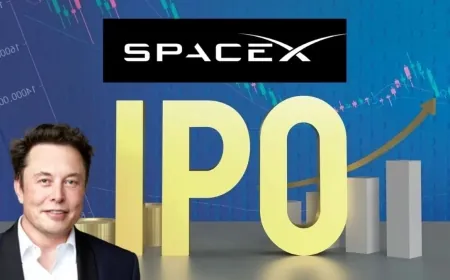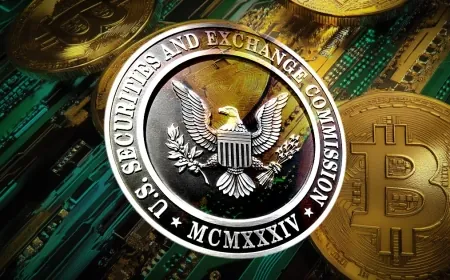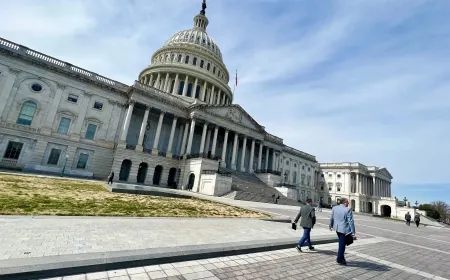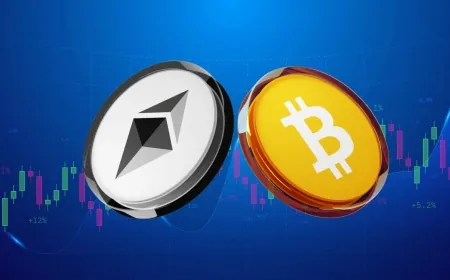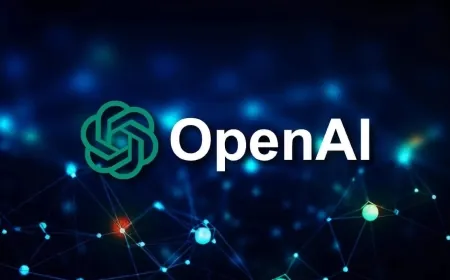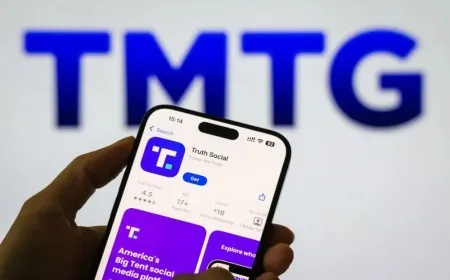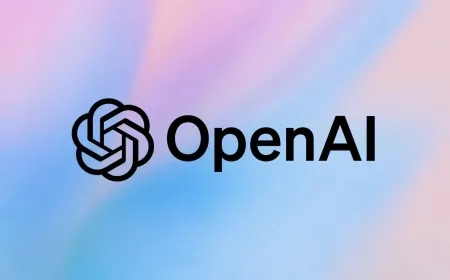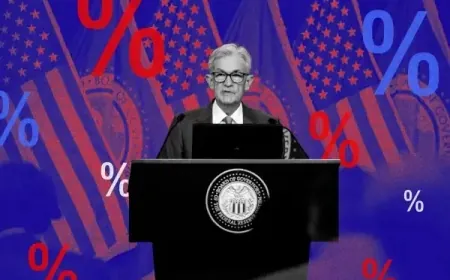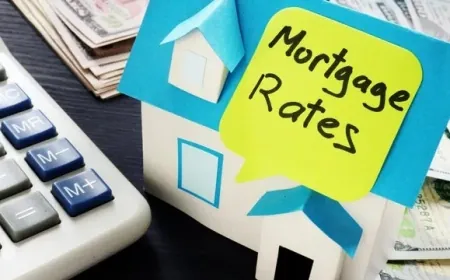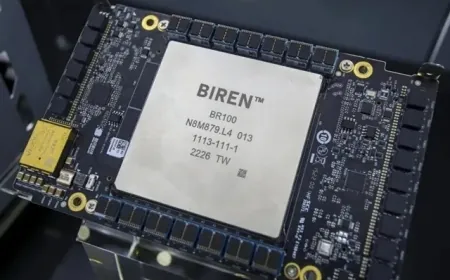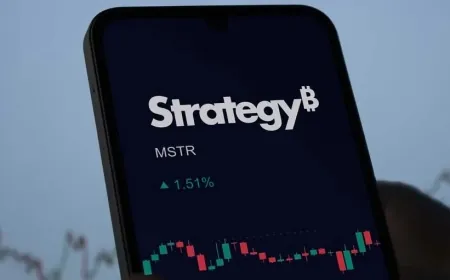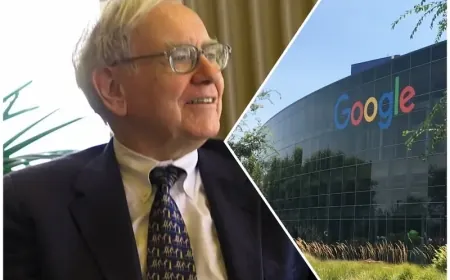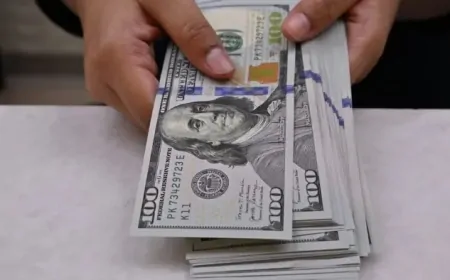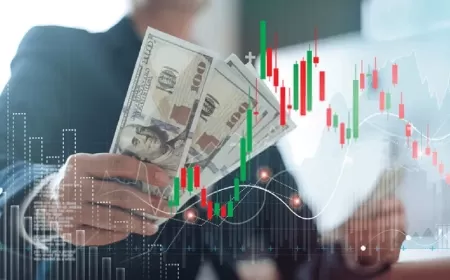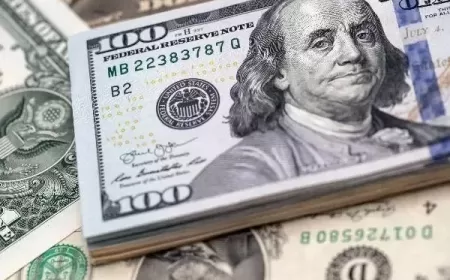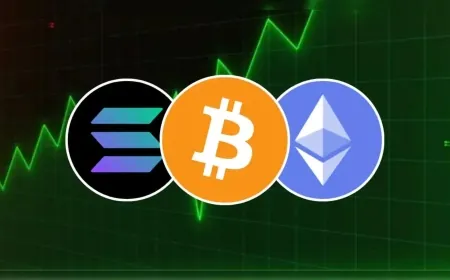U.S. Commerce Secretary Plans to Put GDP Data on Blockchain
Commerce Secretary Howard Lutnick says US GDP data will be released on blockchain, aiming for faster, secure, and equal access to economic reports.
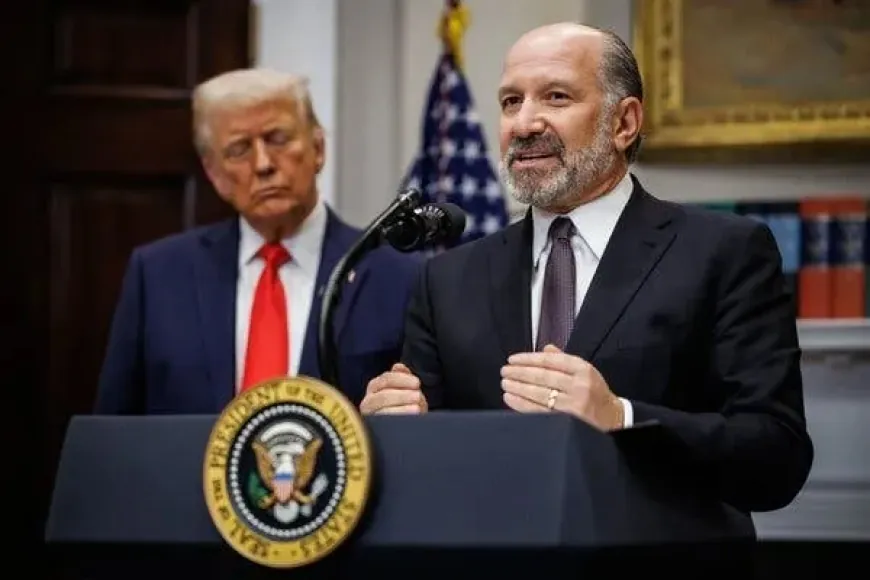
Washington, D.C. — Commerce Secretary Howard Lutnick says the United States will begin releasing GDP data on blockchain, marking the first time a major economy attempts to use the technology to publish official statistics.
The plan was outlined during a cabinet meeting with President Donald Trump, who welcomed the move as part of his broader effort to brand himself as America’s “crypto president.”
???????? JUST IN: The US Government will begin publishing economic data on the blockchain, aiming to boost transparency and trust in official numbers. #Trump #Blockchain #EconomicData #Transparency pic.twitter.com/bSs4iqJ8jV — Roundtable Network (@RTB_io) August 26, 2025
Officials say the technical framework is still in development, but the shift is intended to create records that are secure, instantly available, and resistant to tampering.
Blockchain to Replace Delayed Economic Releases
At present, GDP numbers are distributed through timed press briefings and published PDFs. The process can take hours to reach global markets and is vulnerable to leaks or misreporting. Lutnick’s plan would move that release onto blockchain, creating a permanent record available at the moment of publication.
Economists say this could reduce disputes over accuracy and prevent manipulation. “If done right, this takes away the question of whether the numbers were altered or selectively leaked,” one market strategist said.
Still, questions remain about whether government-scale reporting can be reliably handled by blockchain infrastructure and how access will be managed for traders, analysts, and the public.
Trump Backs Blockchain Data Plan
During the cabinet discussion, President Trump welcomed Lutnick’s proposal and repeated his view that the United States should lead in digital assets. Trump has frequently referred to himself as the “crypto president” and has urged his administration to apply blockchain technology beyond private markets.
The White House previously authorized the creation of a U.S. Bitcoin reserve earlier this year, a policy Lutnick helped design. The GDP blockchain initiative extends that same approach into government reporting, making economic statistics one of the first federal functions to use the technology.
Lutnick Defended Crypto in Senate Hearings
Before joining the Commerce Department, Lutnick built a reputation as one of Wall Street’s most vocal crypto supporters. As chief executive of Cantor Fitzgerald, he compared Bitcoin to gold and publicly dismissed concerns that stablecoins such as Tether lacked sufficient backing.
His positions were tested during Senate confirmation hearings earlier this year, where lawmakers pressed him on crypto’s role in money laundering and market risks. Lutnick argued instead that digital assets should be regulated inside existing financial frameworks, saying they “belong in the system, not outside it.”
That stance contrasted with several past Commerce officials who had treated cryptocurrencies as a regulatory threat rather than a market instrument.
Tied to U.S. Bitcoin Reserve Policy
The blockchain reporting initiative follows the administration’s decision earlier this year to create a U.S. Bitcoin reserve, a policy aimed at securing a national stockpile of digital assets. Lutnick worked with White House technology adviser David Sacks on that effort, which was presented as a way to protect U.S. financial interests in the event of global currency disruptions.
Officials familiar with the project said the same team is now involved in designing the blockchain system for economic reporting. By linking GDP publication to blockchain, the Commerce Department is applying the same framework first used for digital asset storage to the release of government data.
More Economic Reports Could Be Added
Lutnick said GDP will be the first statistic published on the blockchain, but his team is already reviewing other major reports. Among them are the monthly jobs report, consumer price inflation, and trade balance data.
People working on the project said the aim is simple: once a report is finalized, it would be released on the blockchain at the exact same moment to everyone — government agencies, investors, and the public. That would close loopholes that have allowed data leaks or split-second advantages for certain traders ahead of official releases.
If the system works, officials believe it could change how markets react to U.S. economic news, since no group would have early access to numbers that often move billions of dollars within minutes.
Also Read: Shiba Inu (SHIB): 4 Reasons It Could Make Millionaires Before 2026
